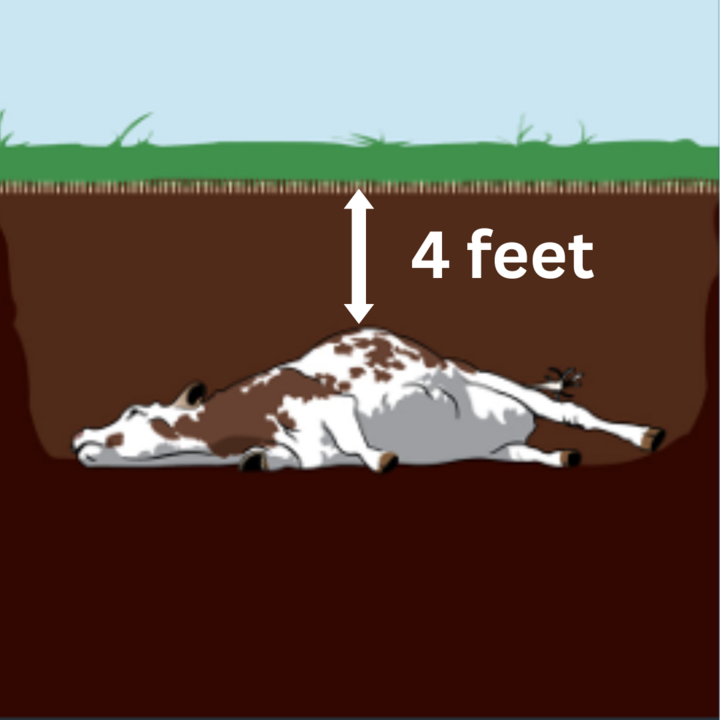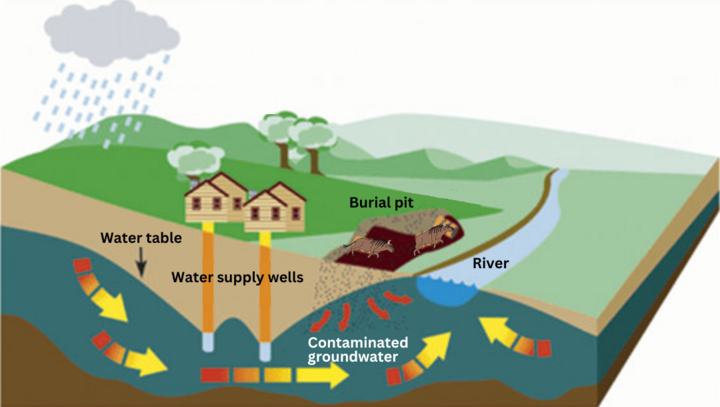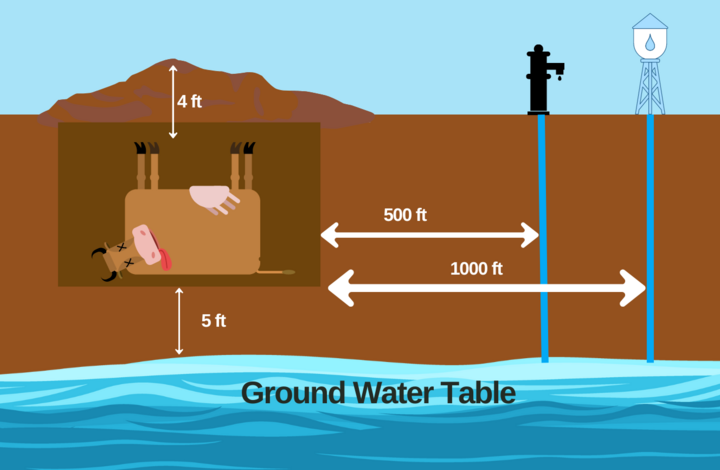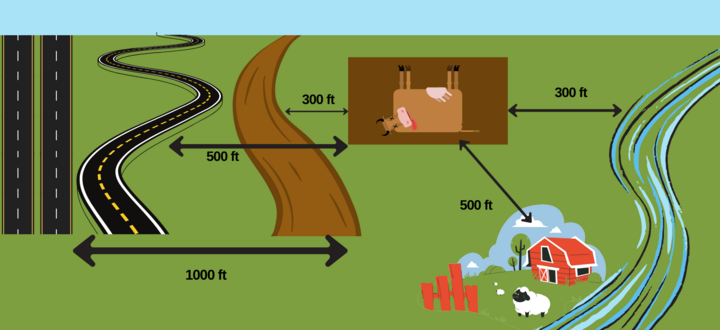Managing Animal Carcass Leachate to Prevent Water Pollution
About the Author
Gustavo Castro is a PhD student at the University of Nebraska, studying under the Manure Lady, Dr. Amy Schmidt. Gustavo is a native of Colombia and joined Dr. Schmidt's team after a number of years working for Earth University in Costa Rica. Gustavo's studies here at UNL have focused on exploring alternatives for mortality management in the event of a large scale mortality event.Animal mortality is a sadly unavoidable part of livestock production. Farmers who raise animals know they must identify a method for handling both routine animal losses and prepare for the possibility of a large-scale mortality event caused by a disease outbreak or natural disaster. In all cases, it is essential that producers manage carcasses to minimize cross contamination of diseases transported to other producers or close neighbors, and to reduce public health and biosecurity risk. These concerns are magnified for a large-scale mortality event which presents significant logistical challenges.

Mortality leachate is well known as an environmental problem, because it can contain nutrients, such as nitrogen (N) and phosphorus (P), pathogens or create the conditions for elevated antimicrobial resistance (AMR) bacteria or genes due to the release of veterinary medicinal products (VMPs).
In the event of a major disease outbreak or natural disaster livestock producers will be expected to quickly dispose of many mortalities, creating significant logistical challenges (State of Nebraska regulation requires mortality disposal within 36 hours of learning of the death of the animal). Livestock carcasses contain high amounts of water; almost 60 - 70 percent of an animal’s weight is water. For example, from an animal weighing 1,000 pounds, we can expect 650 pounds of water to be released during decomposition. This is why we can see large volumes of leachate generated during the first few days after the death of the animal. This is also why it is necessary to plan for the possibility of an emergency large-scale mortality event well in advance and identify options to manage leachate. Moreover, unless the mortality disposal pit or pile is covered with an impermeable cover (such as a tarp), precipitation during the decomposition period will enter the pile and increase the total volume of water which has been in contact with the decomposing animals, creating additional contaminant control problems.
Best practices for constructing and locating mortality burial piles and pits

- 5 feet separation from the bottom of the burial pit to ground water.
- 4 feet of compacted cover soil.
- 1000 feet from public water supply wells, 500 feet from domestic wells and outside of any well-head protection areas.
- Burial is not recommended in well-head protection areas.

- 300 feet from domestic water intakes, streams, creeks, ponds, springs and lakes and at least 100 feet from the edge of a major cut or embankment.
- 500 feet from residences, livestock facilities and adjacent pastures owned or leased by another person.
- 300 feet from a road.
- 500 feet from a secondary highway.
- 1000 feet from a primary highway.

To further control the impact of leachate on the environment, farmers should also consider:
- Adding a base layer of a highly absorbent material to the burial pit (straw, corn stover, poultry litter, or pruning waste) below the pile to capture some of the leachate.
- Construct the pit or pile over clay or other soils with slow infiltration.
This article was reviewed by Mara Zelt and Leslie Johnson